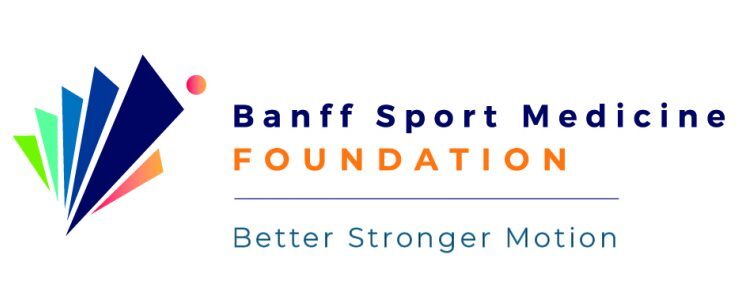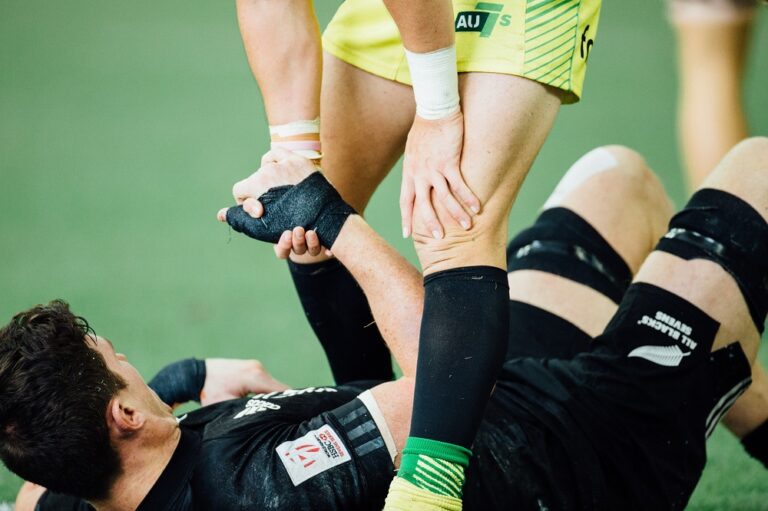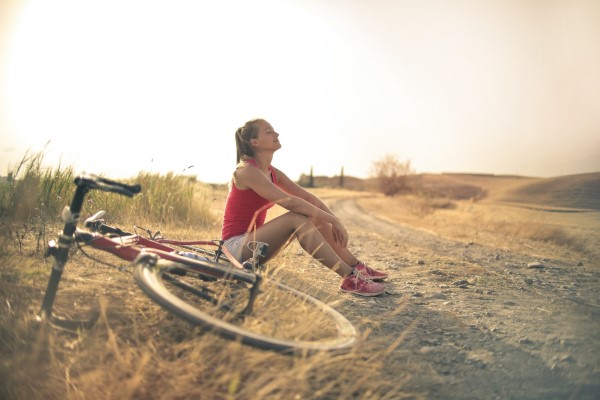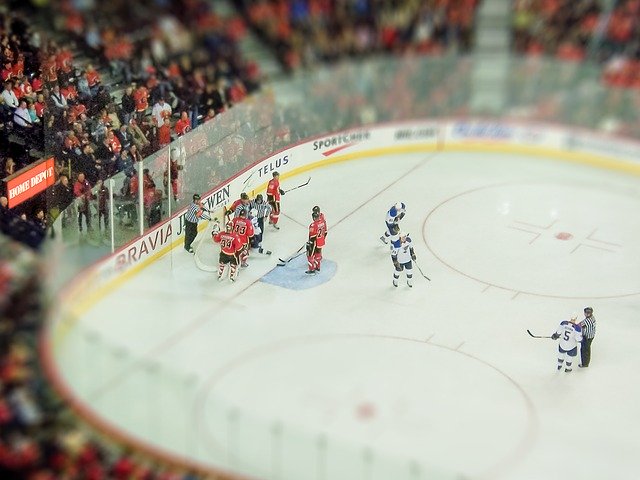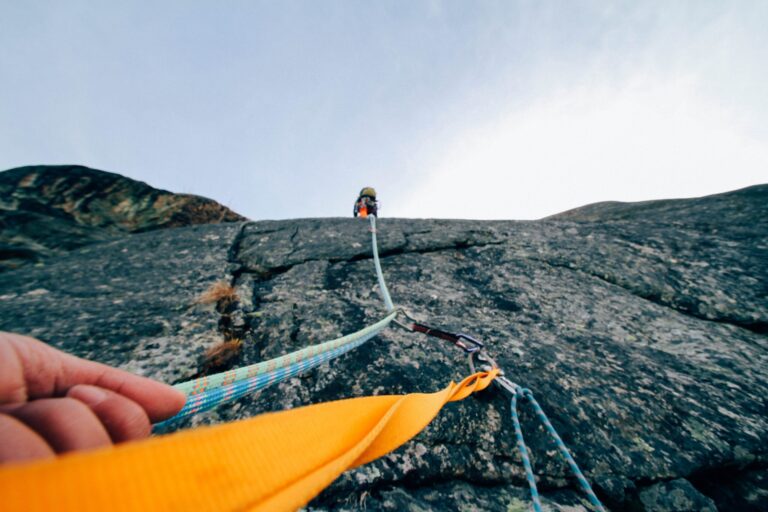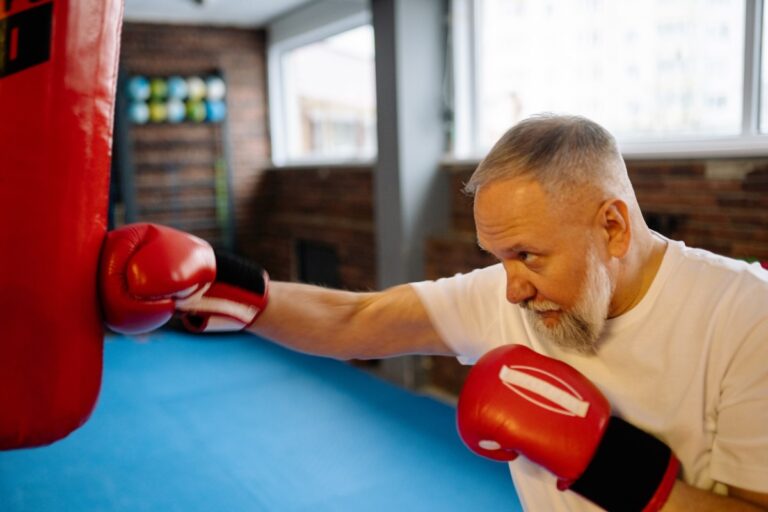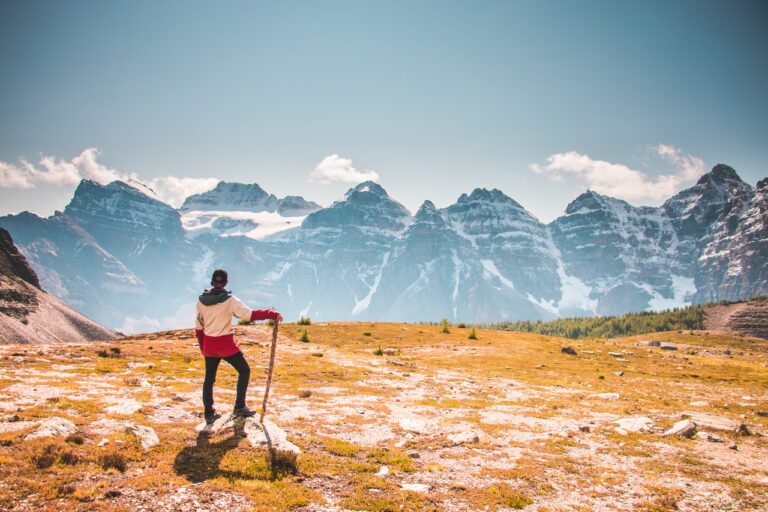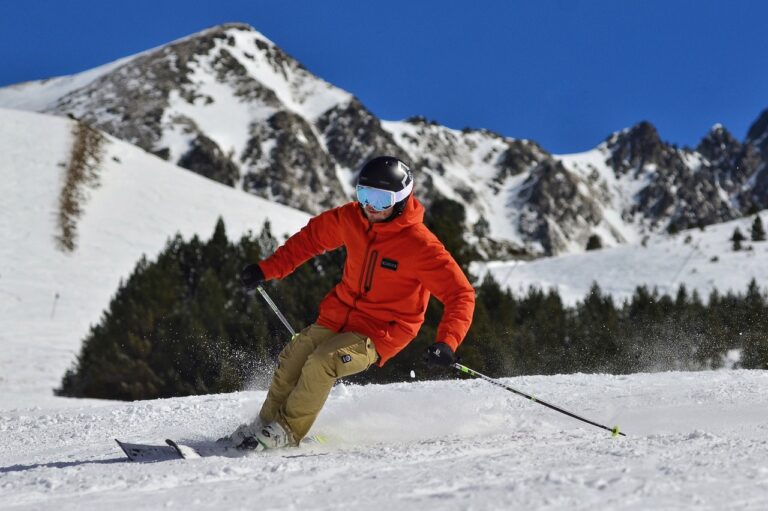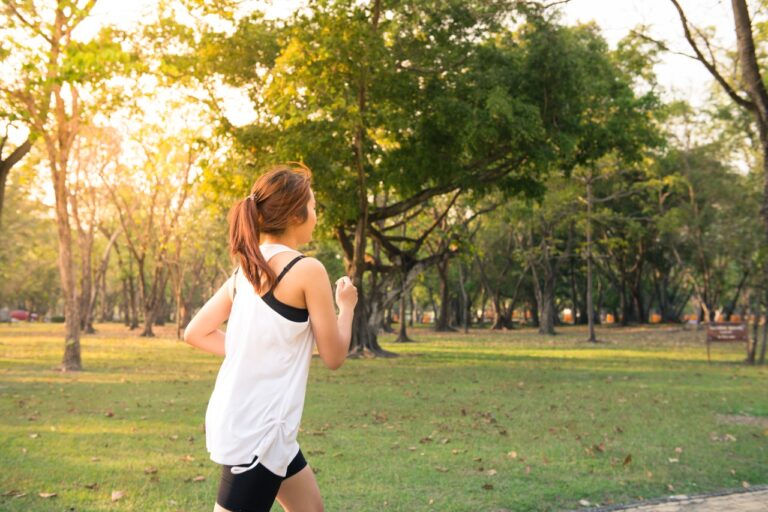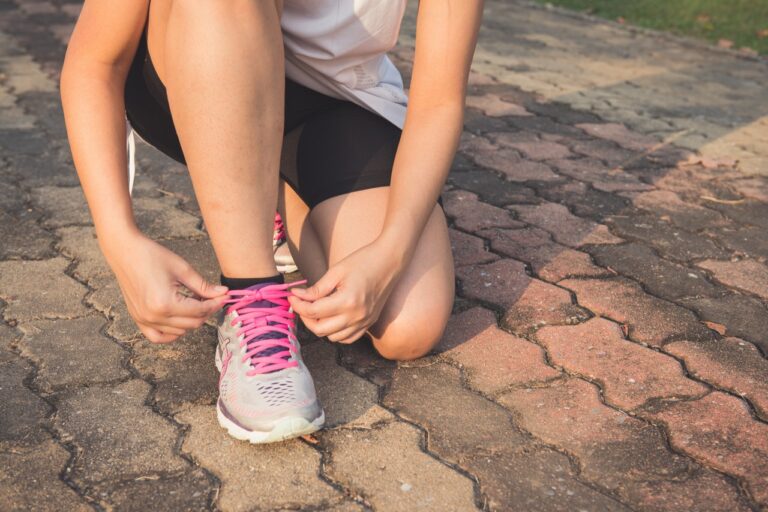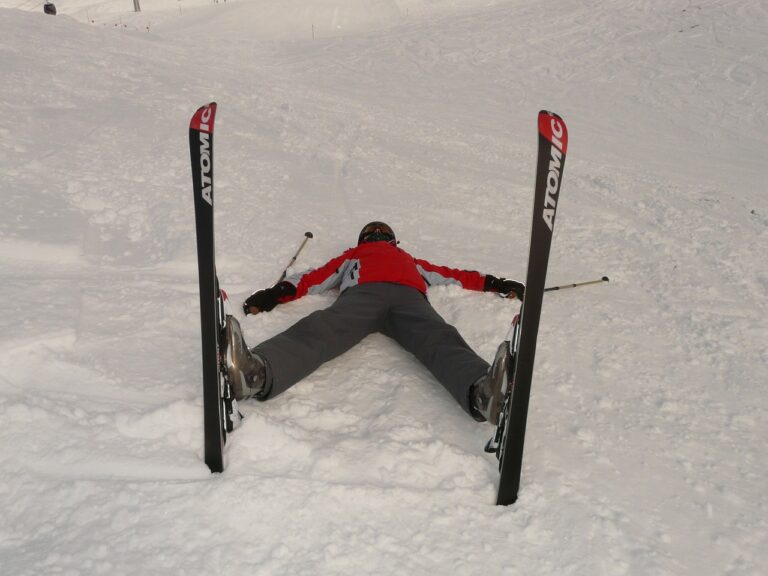Can we find better ways to treat a first-time kneecap dislocation?
The kneecap (patella) normally moves up and down in a groove at the front of the knee joint, known as the trochlear groove. Several tendons and ligaments hold and support the kneecap in place. When the patella dislocates, it pops or slides out of this groove, usually to the outside of the knee (laterally). A…
